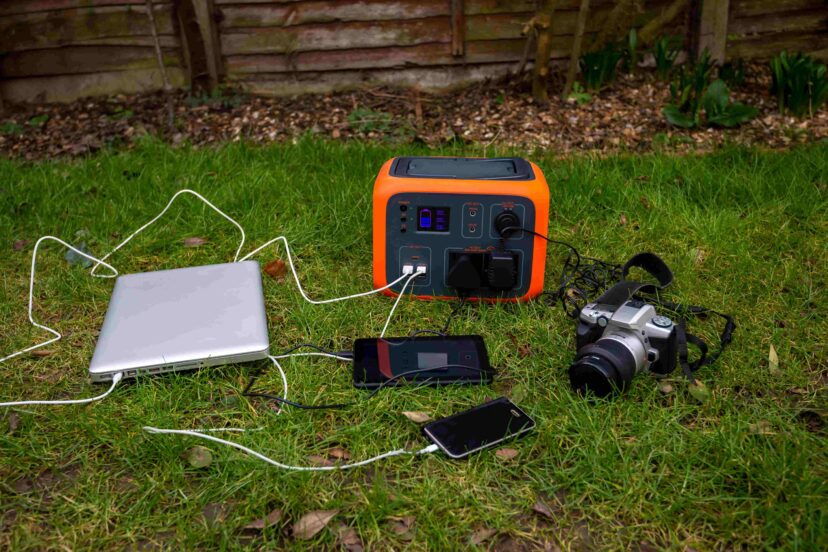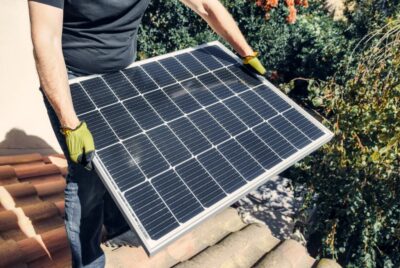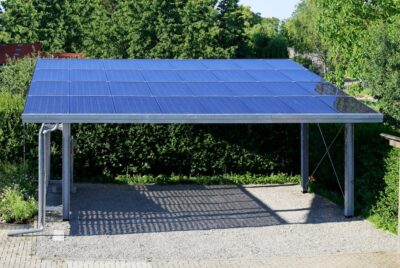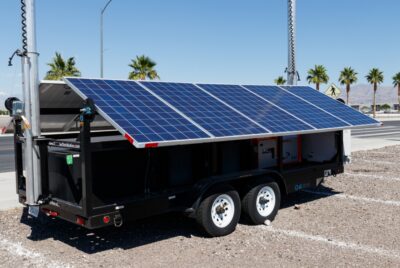DIY Solar Generator: A Comprehensive Guide
Introduction
Hello fellow solar enthusiasts! If you’re as excited about harnessing the power of the sun as I am, you’ve come to the right place. Have you ever wondered about creating your very own DIY solar generator? It’s simpler than you think, and it comes with an array of benefits. Let’s dive in!
Why Build Your Own Solar Generator?
Sustainability and Environmental Impact
First things first, why should we go for a solar generator, especially a DIY one? Well, the most significant advantage is the positive environmental impact. Traditional generators run on fossil fuels, contributing to CO2 emissions and climate change. Solar generators, however, tap into the limitless power of the sun, producing clean, green energy. Isn’t that an exciting idea?
Economic Efficiency
Next up, let’s talk about savings. Although the initial setup cost might be a bit high, a solar generator pays for itself over time. How, you ask? It eliminates fuel costs, maintenance costs, and many more. In essence, the sun’s energy is free and unending!
Off-Grid Capabilities
Imagine you’re on a camping trip or in a remote area where electricity is a luxury. A solar generator can come to your rescue. Or maybe you’re facing a power outage at home. Your DIY solar generator could be your light in the darkness, literally!
Components of a Solar Generator
A solar generator mainly consists of four components: solar panels, a charge controller, a battery, and an inverter.
Solar Panels
Solar panels capture sunlight and convert it into electricity. There’s a range of options available, differing in size, efficiency, and cost. Choose according to your power needs and budget.
Charge Controller
This nifty device regulates the voltage and current coming from the solar panels. It ensures your batteries don’t get overcharged, thereby extending their lifespan.
Battery
The battery stores the electricity generated by the solar panels. You can opt for lead-acid batteries or the more expensive but long-lasting lithium-ion ones.
Inverter
Lastly, the inverter transforms the direct current (DC) stored in the battery into alternating current (AC), which your devices can use.
Step-by-Step Guide to Building Your Solar Generator
Choosing the Right Components
Remember, the secret sauce to a successful DIY project is planning. Make sure you’re choosing components that meet your energy needs. Do your research, compare options, and you’ll thank yourself later.
Assembling the Solar Generator
Once you’ve got all the components, it’s time to put them together. Connect the solar panels to the charge controller, the charge controller to the battery, and the battery to the inverter. Always remember to follow safety procedures while handling electrical equipment!
Testing Your Solar Generator
Before you start using your generator, test it out. Monitor the system’s performance for a few days to ensure everything works correctly. Remember, patience is key here!
Troubleshooting Common Problems
Every DIY project comes with its fair share of hiccups. Don’t worry, it’s all part of the journey. For instance, if your generator isn’t producing enough power, check if your solar panels are receiving adequate sunlight or if your battery capacity is sufficient.
Tips to Enhance the Efficiency of Your Solar Generator
Place your solar panels in a spot where they can get maximum sunlight, keep your components clean, and don’t overload your generator. Following these simple tips can enhance your solar generator’s efficiency significantly.
Conclusion
Building your own solar generator can be a fun and rewarding project. Not only will you enjoy a reliable power source, but you’ll also contribute positively to the environment while saving on energy costs. So why not give it a try? After all, who doesn’t like a good DIY challenge?
Frequently Asked Questions
- How long does a solar generator last?
A solar generator can last anywhere from 10 to 20 years depending on the quality of its components and its maintenance. - Can I power my entire house with a solar generator?
While possible, it would require a larger system with a significant number of solar panels and battery storage. Smaller systems are perfect for camping, outdoor activities, or as a backup power source. - How do I maintain my solar generator?
Regular cleaning of the solar panels, ensuring the battery is not overcharged, and routine checks on all components will ensure the longevity of your solar generator. - Can a solar generator work on cloudy days?
Yes, but the efficiency would be lower than on sunny days. Solar panels can still capture diffused sunlight on cloudy days. - Is it legal to build a DIY solar generator?
Yes, but it’s always a good idea to check local regulations and restrictions before starting your project.
I hope this article encourages you to embark on the exciting journey of building your own solar generator. Remember, the sun is an incredible source of energy. Let’s harness it wisely!




